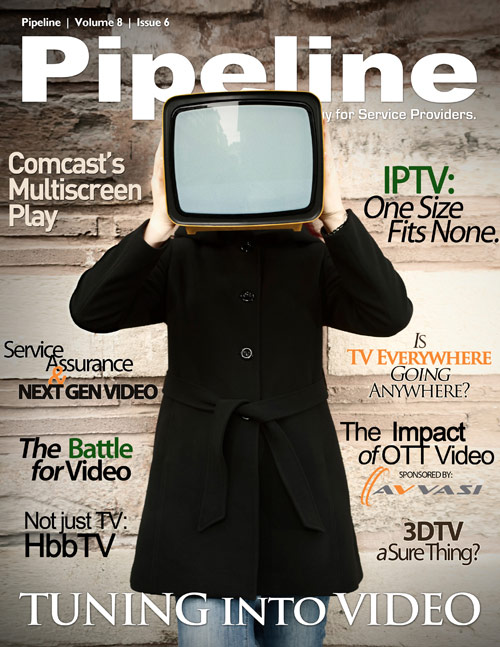Time Warner Cable (NYSE: TWC) posted nearly $5 billion in revenue and $1.08 earnings per share, but fell short of analyst expectations, and lost another 128,000 video subscribers. On the earnings call, TWC CEO Glenn Britt said the company intends to maximize its “opportunity in our two most promising areas, residential broadband and business services, while continuing to deliver both the content and innovation our customers expect in our video product.”
Similarly, Cablevision (NYSE: CVC) grew revenues by 8%, but lost 19,000 subscribers and was much harder hit, seeing profit slide a full 65% in the past year. Like other cables providers, CEO Ken Martin said Cablevision saw “increases in both high-speed data customers and voice lines,” and those areas would remain top focuses.
Netflix (NASDAQ: NFLX) suffered a loss of 800,000 subscribers (in part due to its ballyhooed pricing structure change and wishy-washy Qwikster debacle), but still managed to beat the street and post a 48.6% yoy revenue gain.
Verizon Communications (NYSE: VZ) added fewer post-paid subscribers than expected, but reported strong gains in FiOS TV and Internet as well as equipment and data revenue. Verizon earnings of $0.56 per share just barely met projections, but most interesting is how big red fared against big blue: the company added more than twice as many subscribers as AT&T (NYSE: T) in Q3.


Sprint (NYSE: S) posted its best quarter in five years (and best ARPU growth in 11 years), yet couldn't seem to convince investors to get on board with its LTE network expansion--Sprint Nextel stock slid 11% on the day of the earnings announcement. Conjecture on the floor at 4G World in Chicago was that the solid gains in Q3 2011—1.3 million new subscribers and 3% yoy revenue growth—weren't enough to overshadow the continual bloodletting and $7 billion the operator needs to fund its network upgrade.
Video Operators Going Over the Top
Why beat when you can join them?
That's the underlying theme that's driving video operators to find new ways to deliver their content to their customers and keep them from going to easily accessibly OTT services. Since video game consoles are becoming the most popular portal for internet video viewing, smart operators are finding ways to offer OTT-style apps through the Xbox 360. AT&T U-Verse was the first to offer video content through the XBOX 360. This month Microsoft (NASDAQ: MSFT) announced two more providers who would be part of the fall XBOX 360 app update: Verizon and Comcast. Verizon will offer some of its live programming as well as on-demand content, while at launch, Comcast will only provide on-demand content (with plans to include AnyPlay later).
4G World Simmers in Chicago
According to ABI research, operators are spending $3 billion in 2011 to upgrade and install their LTE networks, and this number will grow by more than 500% over the next five years. Unfortunately Yankee Group's 4G World has not benefited from a similar growth trend. This year the show felt smaller than 2010, and more tuned to suppliers than carriers. Several of the vendors I spoke with questioned the value of participation in future years, and musings as to the future of the show were heard in the press center.
That said, there were plenty of inspired keynotes, prognosticative presentations, engaging sessions, and innovative demos on the show floor. Representatives from Sprint, Verizon, AT&T, Metro PCS, and Cricket (among others) presented on everything from backhaul and core convergence to CEM and pico cells. The exhibition floor was filled almost exclusively with vendors; Amdocs and Oracle were noticeably absent.








